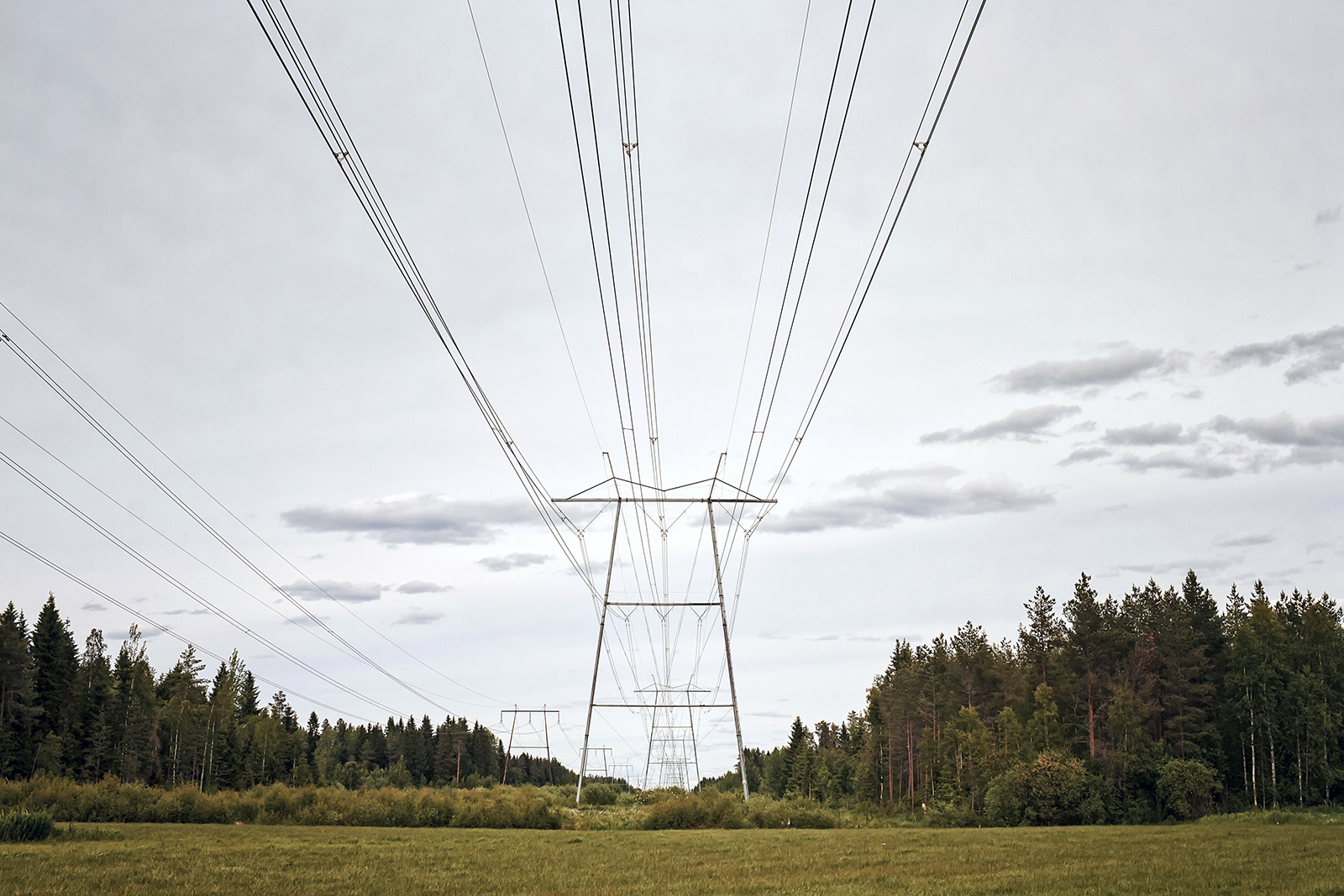Expropriation proceedings based on an expropriation permit issued by the Government confirm the expropriated property and set the amount to be paid for it in compensation.
Construction projects involving infrastructure such as transmission lines, highways, railways and natural gas pipelines often affect dozens, even hundreds, of landowners, so it is impossible for the party executing the project to reach an impartial agreement with every single landowner. In such circumstances, expropriation proceedings are a common way of resolving the situation.
When can expropriation permits be issued?
The party executing the project – which is Fingrid in the case of transmission line projects – applies to the Government for an expropriation permit. At this stage, the landowner may also issue a statement on the expropriation permit application.
In the following stage, the Government’s decision on an expropriation and preliminary seizure permit is sent to the local branch of the National Land Survey of Finland, which initiates the expropriation proceedings.
When the Government has issued its decision, the National Land Survey of Finland arranges the initial meeting to confirm the preliminary seizure and discuss advance compensation. All of the landowners connected to the project are sent a written invitation to attend the meeting. After this, the expropriation procedure is put on hold throughout the construction of the transmission line.
If loss or damage occurs during construction, the landowner informs the contractor or Fingrid directly.
When is a decision taken on usage rights and compensation?
When the construction work is complete, the expropriation procedure is reactivated for the purpose of establishing the right of use and processing and paying compensation. Three to four years have often elapsed by this stage.
The sum payable in compensation is decided by an impartial expropriation committee consisting of an expropriation engineer from the National Land Survey of Finland who is familiar with the assessment of compensation and two trustees selected by the municipal council.
“The National Land Survey of Finland carries official liability for the expropriation proceedings which it conducts in the role of third man. Fingrid applies for an expropriation permit, builds the power line and pays compensation. The National Land Survey’s expropriation committee handles the case impartially and sets the sum payable in compensation to the landowner,” says Mauri Asmundela, Director of Valuation Proceedings at the National Land Survey of Finland.
How can Fingrid contact landowners during a project?
During the transmission line planning phase, Fingrid consults landowners, who have the opportunity to give their opinions on the placement of the transmission line. Fingrid aims to establish contact with landowners at kick-off meetings and strives to keep in touch with them throughout the project. It has taken measures such as setting up dedicated Facebook pages for transmission line projects and communicating on the progress on construction by email and text message.
Fingrid does not own the land under transmission lines. Instead, it uses expropriation to acquire the permanent right to use areas belonging to landowners for transmission line construction and maintenance. The expropriation permit always binds the transmission line project to a specific route, and the right to use it is confirmed by the expropriation proceedings.
How does the National Land Survey of Finland communicate?
As the competent authority, the National Land Survey of Finland has made investments in serving landowners by letter and on the Suomi.fi online service. Usually there are face-to-face meetings related to the expropriation proceedings as well.
“Landowners are our customers, and they all have different backgrounds and objectives. They may include professionals in land-surveying, as well as people who have never dealt with an expropriation procedure before. It is our job to ensure that everyone understands what the process entails and how it will proceed,” says Asmundela.
Most of the construction work and related expropriation procedures for Fingrid’s transmission line projects have taken place in a spirit of good cooperation. Over the last five years, the number of complaints about expropriation procedures can be counted on one hand.
“In my opinion, this shows that the expropriation proceedings are considered a fair process for everyone concerned,” says Mikko Kuoppala, an expert at Fingrid.






